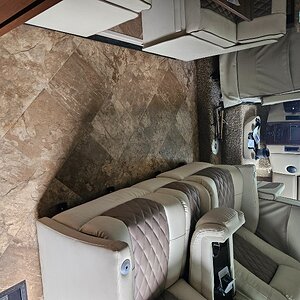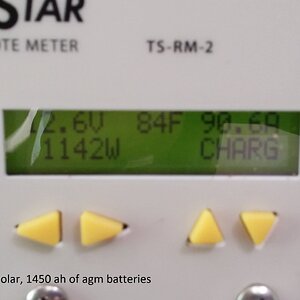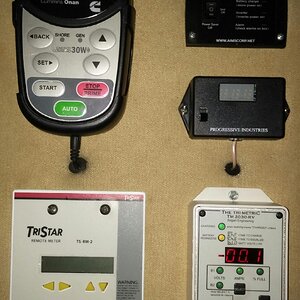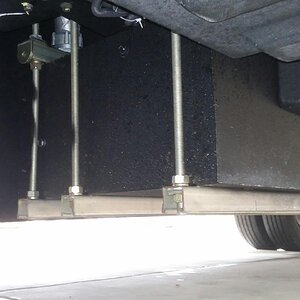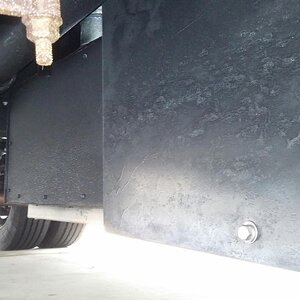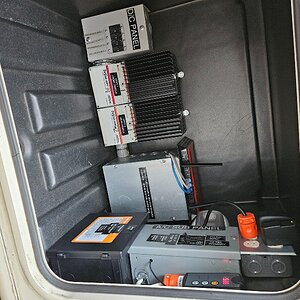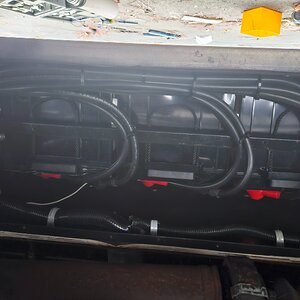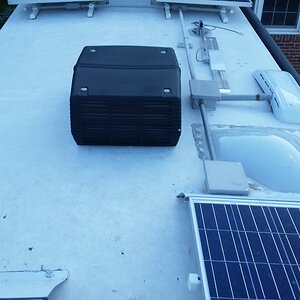marc2912
RVF Supporter
- Joined
- Aug 12, 2021
- Messages
- 296
- Location
- New York
- RV Year
- 2015
- RV Make
- Newmar
- RV Model
- Dutch Star 4312
- RV Length
- 43'
- Chassis
- Freightliner
- Engine
- Cummins 450HP
- TOW/TOAD
- '22 Wrangler JLU w/ Air Force One and Blue Ox
- Fulltimer
- No
No point in watching videos of people who just regurgitate specs. Real life experience is what we need and should be focused on getting. These youtubers are just about making content and pushing views.I watched the video! I watched it twice, matter of fact. I saw numbers, but no personal data. Fact is I tried to hear her say she ever took delivery! Did anyone else notice that?
This is my view of starlink!!!
If I didn't have it, I would not even have phone service, that is how bad cell service is most of the places I go. And yes, I have tried many cell companies. At&t, Verizon, t-mobile, and Sprint before the merge.
I asked real people that actually were using starlink for their view and opinions before I took the plunge, but more than that, I read everything on the website as well. Service can drop as low as is not the same as will drop to, as said in the video.
Guess I can see motive when I see it!!! I used to watch her videos, but now I know why I no longer do!
Just saying.
The top comments on that video say it all


